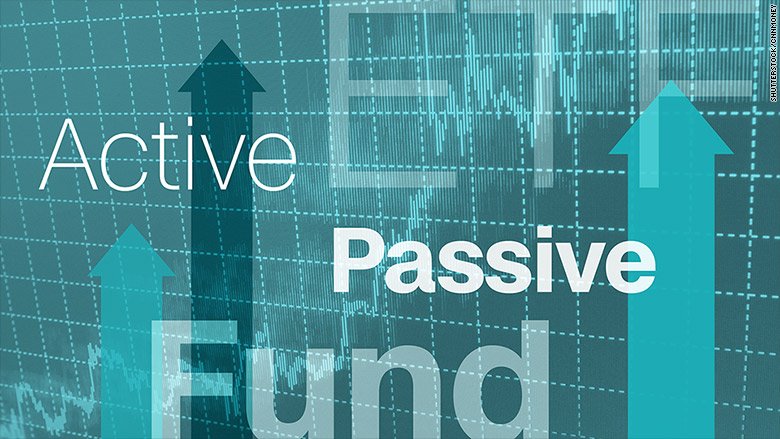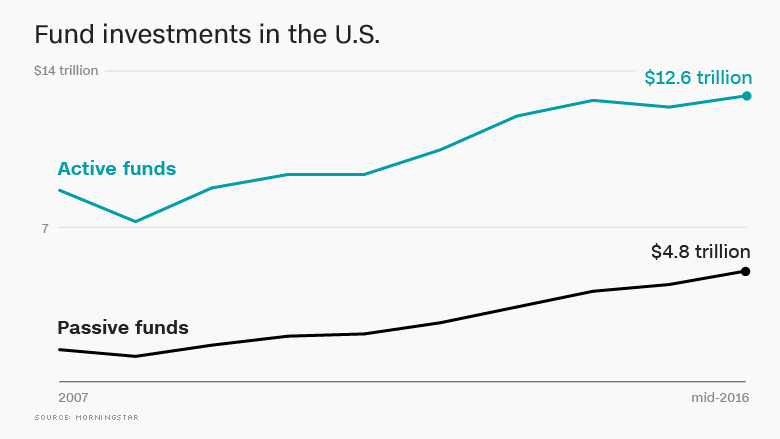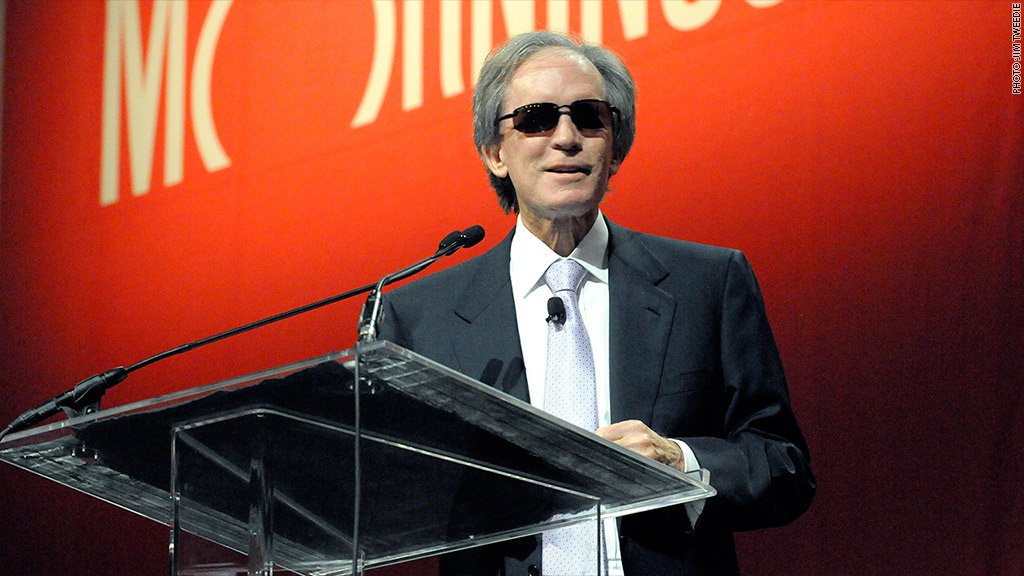Is This the End of Traditional Investing?

In the U.S., the portion of the industry’s $17 trillion in assets invested in passive funds has grown to 28%, compared to just 13% in 2008. Since 2015, American investors have poured $671 billion into passive funds while withdrawing $257 billion from actively managed funds, according to Morningstar data.
BlackRock CEO Larry Fink recently predicted that regulatory changes would drive even more investment into passive funds. He emphasized that passive investing is becoming central to many portfolios, pointing to BlackRock’s iShares ETFs, which attracted $51 billion in net inflows last quarter. In contrast, the firm’s actively managed funds gained just a fraction of that.
Though some investors still believe active management offers better returns, studies suggest otherwise. Research from Morningstar reveals that actively managed funds often underperform their passive counterparts, particularly due to higher fees.
However, not everyone is sold on passive investing. Critics argue that an overreliance on passive strategies could limit market innovation. Mike O’Rourke, chief strategist at JonesTrading, cautioned that while passive funds provide value, they should not dominate the market. Relying solely on passive investing, he suggests, could lead to mediocre returns.






